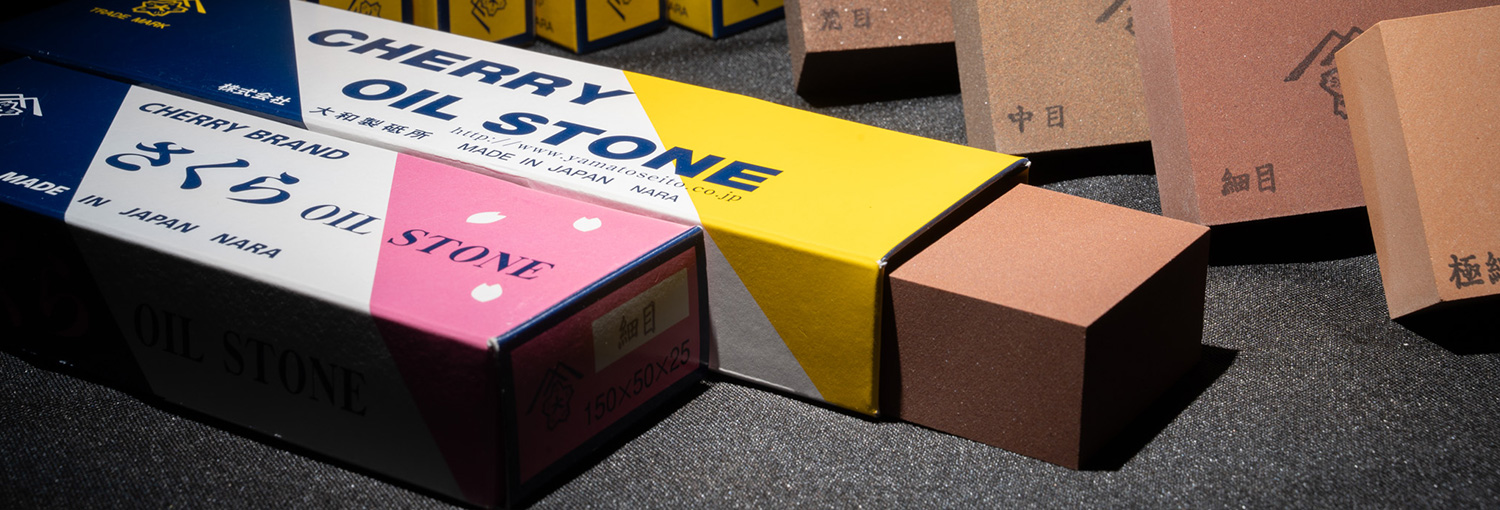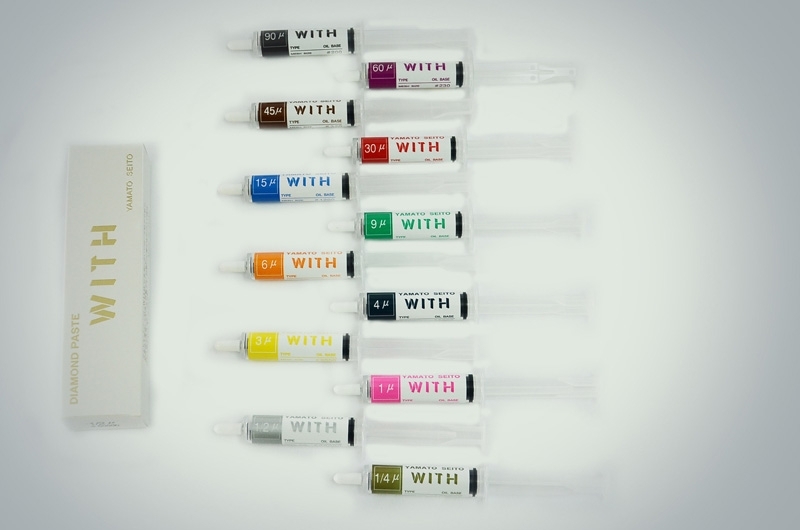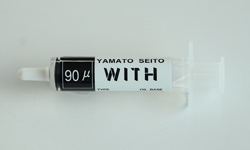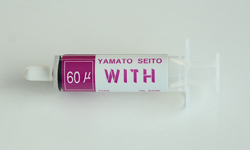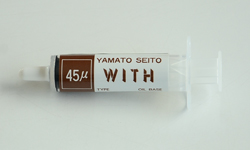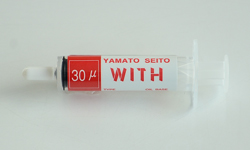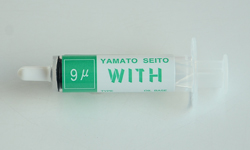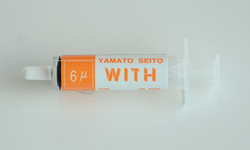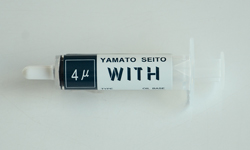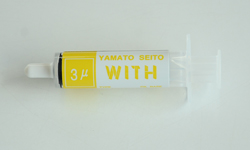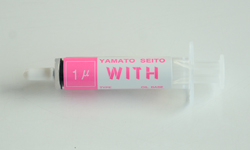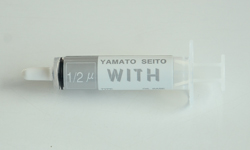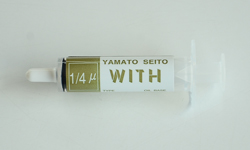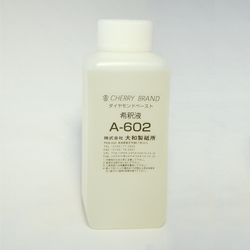Diamond Paste -WITH-
In recent years, the trend toward high-precision and high-precision products has been advancing, and the number of inexpensive, high-grade products has increased even for household and daily necessities.
In particular, luster is essential to the quality of plastic products.
In order to produce that quality, the precision of the molds used to produce plastic products must also be high precision.
Product Details
▼ Mechanism of Diamond Paste Polishing
Conventional grinding stones have abrasive grains fixed by a bond, where the applied pressure directly translates into grinding force, causing deep scratches.
However, diamond paste consists of diamond abrasive grains and a paste-like compound, allowing the abrasive grains to move freely without being fixed.
As a result, the applied pressure is not directly transmitted, preventing deep scratches.
Additionally, the depth of scratches varies depending on the material used to apply the paste.
For instance, using a hard material like a bamboo spatula and a soft material like felt results in different pressures on the abrasive grains, leading to variations in the finish.
▼ Selection of Diamond Paste
〇 Grit Size: Based on the precision of the previous process and the required accuracy, proceed with rough finishing lap (90μ–45μ), preliminary lap (30μ–9μ), precision lap (6μ–3μ), and mirror lap (1μ–1/4μ) in sequence.
* If you want to reduce the viscosity of the paste, dilute it with the dedicated thinner (A-602).
Diamond paste is designed for metal polishing. Therefore, it does not create a mirror finish on plastic products or lenses.
On the contrary, it may cause scratches or dull the surface gloss, so avoid using it on such materials.
Product List
|
90μ (#200)
|
60μ (#230)
|
45μ (#320)
|
|
30μ (#600)
|
5μ (#1200)
|
9μ (#1800)
|
|
6μ (#3000)
|
4μ (#5000)
|
3μ (#8000)
|
|
1μ (#14000)
|
1/2μ (#60000)
|
1/4μ (#100000)
|
